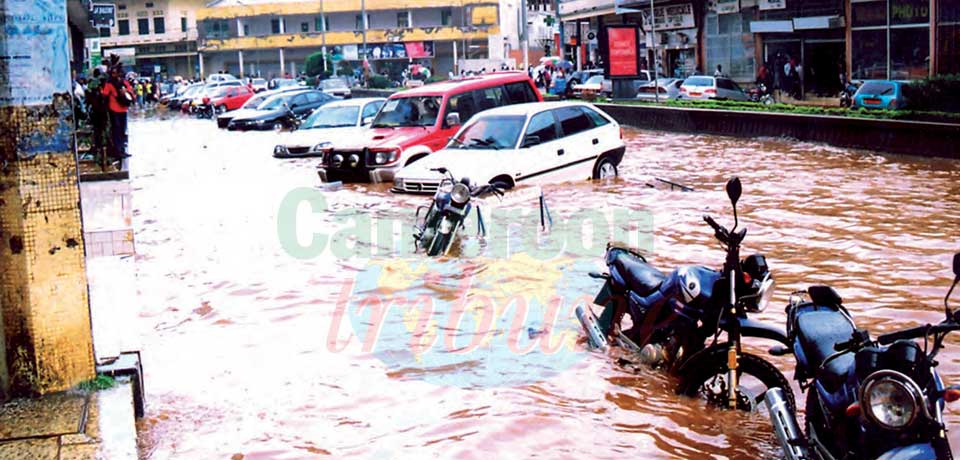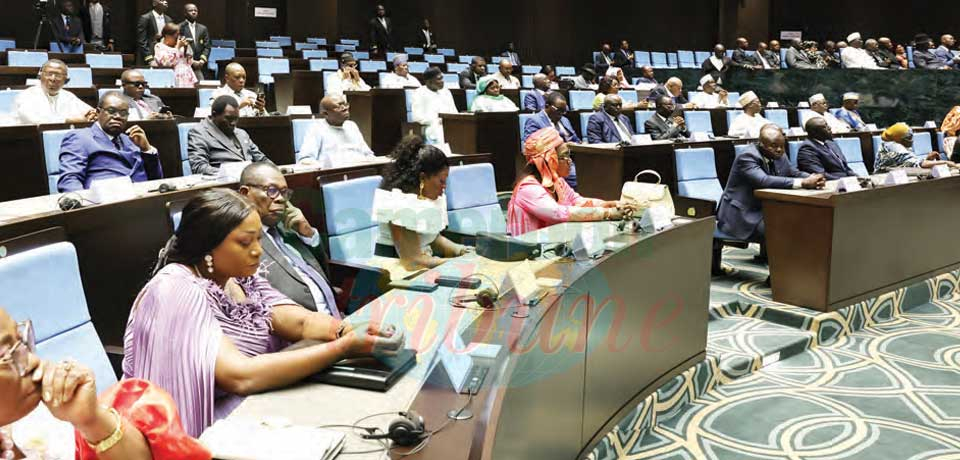Disaster Management : Gov’t Seeks Better Counter Mechanisms
- Par Eulalia AMABO
- 18 Apr 2023 10:25
- 0 Likes

The global idea is limiting natural and man-made disasters for the general wellbeing of the population and the nation.
Faced with recurrent catastrophies in recent times, the government of Cameroon seeks to limit these mishapsthrough an improved response strategy. Several concertation meetings are being organised with strategic partners and experts on how to better prevent disasters in the country. Given the heavy downpour during the rainy season, government is thus working at reducing damages caused by floods. There are a couple of national and international texts that govern the framework of civil protection and disaster management such as the December 6, 1986 law on the general reorganisation of civil protection and the March 9, 1998 law on the reorganisation of emergency and relief plans in cases of disasters or major risks. The Ministry of Territorial Administration (through the Department of Civil Protection) is the institution that oversees the management of catastrophies in Cameroon. Some unfortunate tragedies that have occurred in Cameroon include the Monoun Lake toxic gas leak in 1984, explosion of Lake Nyos in 1986, the volcanic eruptions of Mount Cameroon, Nsam disaster in 1998, the Eseka railway accident in 2016 and some devastating floods as well as deadly landslides. Such disasters have negative consequences including loss of lives and displacements, material damages (deterioration of roads and other infrastructure) and disruption of economic activities which can sometimes cause famine. Government has always prioritised the security of persons and their property, reason counter mechanisms are being deliberated and implemented. It is against this backdrop coupled with the constant flood occurrences in the Fako Division of the South West Region, Logone and Chari, and Mayo Danay in the Far North, Mfoundi in the Centre Region and Wouri in the Littoral, that the Prime Minister, Head of Government, Joseph Dion Ngute chaired an inter-ministerial meeting to reflect on better prevention and response mechanisms to disasters. As concerns preventing natural disasters, the Ministry of Territorial Administration uses the climate bulletins of the National Observatory for Climate Change and those of the national meteorological services to forecast the occurrences of violent winds, tornadoes, landslides, earthquakes or heavy rains. The analysed data is communicated to administrative authorities for the implementation of anticipatory measures. For those resulting due to human action, administrative auth...
Cet article complet est réservé aux abonnés
Déjà abonné ? Identifiez-vous >
Accédez en illimité à Cameroon Tribune Digital à partir de 26250 FCFA
Je M'abonne1 minute suffit pour vous abonner à Cameroon Tribune Digital !
- Votre numéro spécial cameroon-tribune en version numérique
- Des encarts
- Des appels d'offres exclusives
- D'avant-première (accès 24h avant la publication)
- Des éditions consultables sur tous supports (smartphone, tablettes, PC)














Commentaires